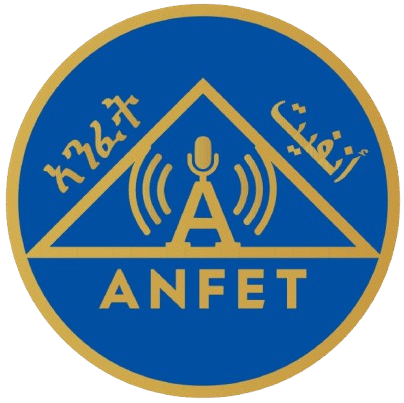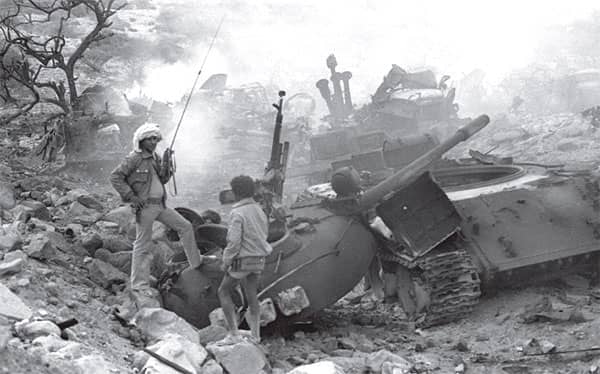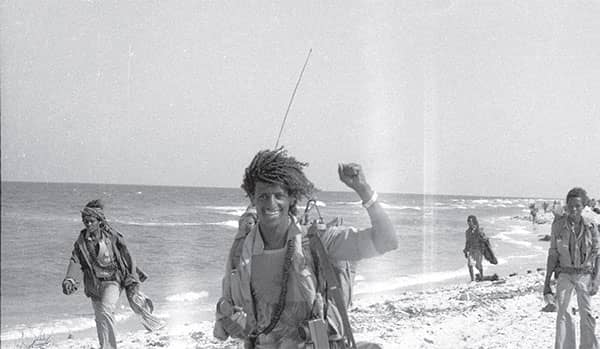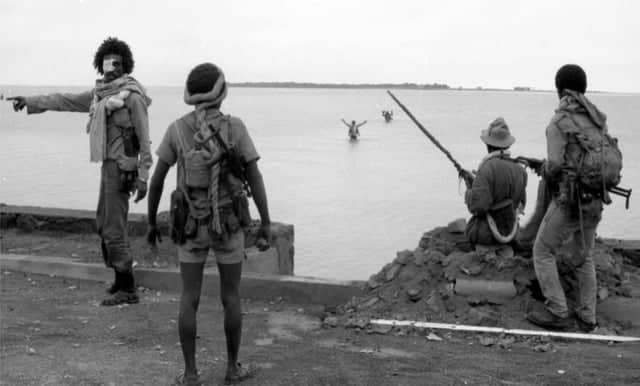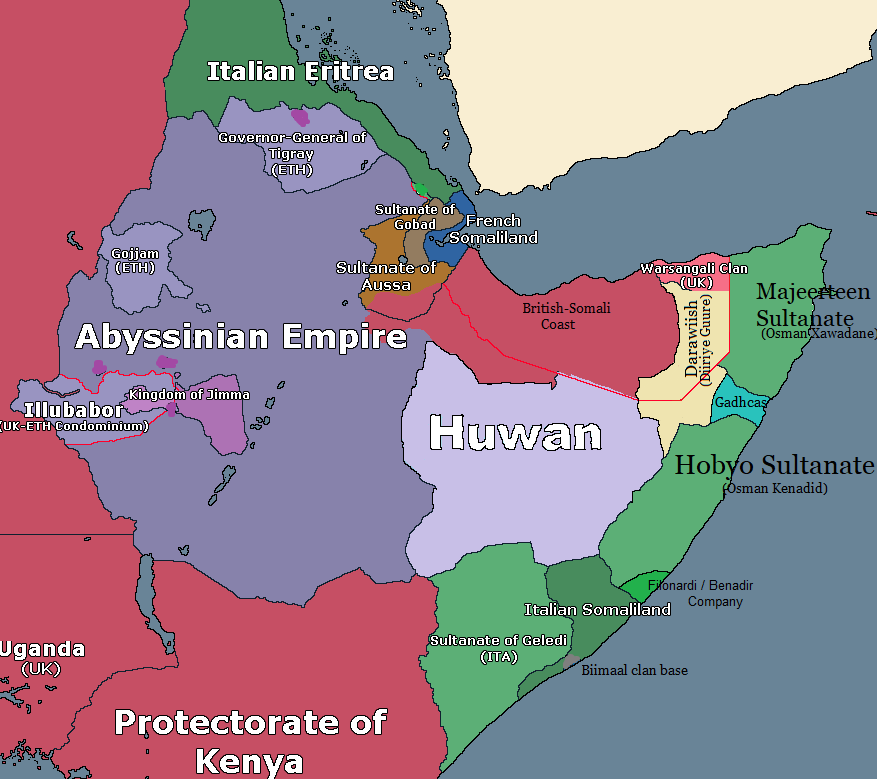
ANFET-EDITORIAL May 27, 2025
The Looming Conflict: Eritrea, Ethiopia, and the Shifting Alliances
The Horn of Africa is once again on the brink of war, with Eritrea and Ethiopia caught in a dangerous geopolitical chess game. This unfolding crisis is no longer just a clash between two nations—it is a struggle driven by competing alliances that could redefine regional power dynamics for decades.
While Isaias Afewerki actively fuels instability to secure his broader ambitions, it is Abiy Ahmed who has become the loudest drum beater for war, escalating tensions with rhetoric and strategic maneuvers. The emerging battle lines suggest two opposing fronts:
One camp: Eritrea, Tigray, Amhara factions, Egypt, General Abdel Fattah al-Burhan of Sudan, and Saudi Arabia.
The other: Abiy Ahmed’s Prosperity Party, the Oromo administration, General Mohamed Hamdan Dangelo’s RSF, Iran, and the UAE—with the explicit goal of securing Ethiopia’s independent access to the Red Sea by force.
Tigray’s Strategic Calculations
Four years ago, Isaias led a military campaign against Tigray, rallying Ethiopian forces and foreign allies to wage war against the region. Today, the balance has shifted—Tigray’s leadership now finds itself positioned alongside Eritrea in a potentially decisive campaign against Abiy Ahmed.
Following the Pretoria Peace Accord, the Tigrayans gained little beyond a fragile ceasefire. Their internally displaced populations remain stranded, their sovereign territories remain under Amhara control, and their political legitimacy continues to erode. Facing these grim realities, their only viable option is to look north to Eritrea for security and survival.
Should Eritrean and Tigrayan forces join ranks, they may once again replicate their 1991 victory, forcing Ethiopian forces back to Addis Ababa. In such a scenario, the international community would likely intervene—pressuring Abiy Ahmed to negotiate a coalition government. This would grant Tigray the opportunity to reclaim its territories and potentially assert its right to self-determination.
However, Isaias Afewerki’s long-term strategic ambitions must not be underestimated. Even with a coalition government in place, he could maneuver to keep Tigray under his influence, consolidating power across both Eritrea and Ethiopia.
The Alleged Relationship Between the Leaders of the TPLF and Eritrea
The official and unofficial rumors surrounding a potential Eritrea-Tigray agreement stem from Ethiopia’s ongoing internal conflict on one hand—and the actions of Isaias Afwerki on the other. Some may view Tigray as a strategic option to escape their current predicament. However, such an agreement carries significant risks for both sides.
The unity of Eritreans—whether in the lowlands or highlands, Muslim or Christian—has been forged through years of shared struggle and is not easily compromised. Nevertheless, concerns persist among certain communities regarding the implications of a Tigray-Eritrea agreement. There is apprehension that such an arrangement could deepen existing social and political divisions, which have already been exacerbated by the regime’s policies.
For Eritrean political movements advocating for unity, justice, and peace, this issue presents an additional challenge. Meanwhile, many Tigrayans have voiced concerns that, despite Tigray remaining part of Ethiopia, its engagement with another sovereign state could strain diplomatic relations in ways the ruling regime may not tolerate.
Ultimately, the best course of action is to pursue a path that ensures peaceful coexistence, one that respects sovereignty while fostering stability for all.
The Sudan Factor: A New Territorial Ambition?
Beyond Ethiopia, Sudan’s fate is increasingly intertwined with this war. If Isaias emerges victorious, his ambitions may extend beyond Ethiopian borders. Eritrea has already trained the Beni-Amer tribal army, which is poised to occupy Eastern Sudan—a territory long coveted by expansionist Eritrean factions. Facing internal chaos, Sudanese leader General Burhan may concede Eastern Sudan to Eritrea in exchange for military support to secure Khartoum and Darfur.
Should this scenario unfold, Eritrea’s territorial influence would expand dramatically, altering Sudan’s sovereignty while entrenching Eritrean dominance across the Horn.
The Eritrean Opposition: A Critical Crossroads
For three decades, Eritrean opposition political parties and civic organizations have played a vital role in advocating for democratic change, rule of law, justice, and constitutional governance. However, their effectiveness has been severely crippled by weak leadership, internal divisions, and infiltration financed by the Eritrean regime.
Repeated attempts to form a unified political platform have failed, with leaders prioritizing their individual organizations over collective strength. Identical charters have been drafted and redrafted, yet no courageous ambition has emerged to unite these forces. Instead of consolidating their efforts, opposition leaders have listened to constituents urging them to strengthen their own organizations first, hoping to emerge more powerfully at a future General Council. This short-sighted strategy has weakened the opposition, contaminating even civic movements.
Despite these setbacks, three opposition alliances—the Eritrean National Council for Democratic Change (ENCDC), Eritrean Political Forces (EPF), and Eritrean Coalition for Democratic Change (ECDC)—have managed to establish a diplomatic structure and accomplish two to three key tasks. These groups are the closest to forming a viable opposition capable of influencing the outcome of the prewar or postwar scenarios.
A Window of Opportunity: Unite or Perish
Now is their only chance to seize this moment. They must unite without preconditions, enact their charters, and address the Eritrean people with a pledge to end infighting. Their political status must be reactivated, shifting from dormancy to decisive action.
Thirty-eight fragmented organizations, if consolidated into three, could advance into a structured parliament in exile—a body capable of shaping Eritrea’s future rather than watching its demise with folded hands and silenced voices.
The Eritrean people cannot afford further delays. Now is the time to act. The opposition must rise beyond factionalism and commit to a unified front. The choice is clear: to be or not to be.
The Path Forward: War or Diplomacy?
The best course for Eritrea, Ethiopia, Tigray, and Sudan is to avert war and seek peaceful solutions to their respective crises. A diplomatic resolution addressing democracy, justice, and constitutional reforms within sovereign territories remains the only sustainable option for long-term stability.
However, if war becomes inevitable, the region could face another 30 years of devastation. The postwar reality would be unpredictable, shaped by shifting territorial claims and fragile alliances. Eritreans advocating for war under the assumption that removing Abiy Ahmed will be easier than removing Isaias are gravely miscalculating. Without a binding agreement securing Eritrea’s sovereignty, Abiy may never relinquish his ambitions over Eritrean land—especially the port of Assab.
Conclusion: A Critical Crossroads
The Horn of Africa is at a turning point. The choices made in the coming months will dictate whether the region plunges into prolonged warfare or finds a way to prevent catastrophic destruction. Geopolitical realignments will not wait for hesitation. Those who ignore the warnings will be forced to face the consequences of war, whether they realize it now or later.
